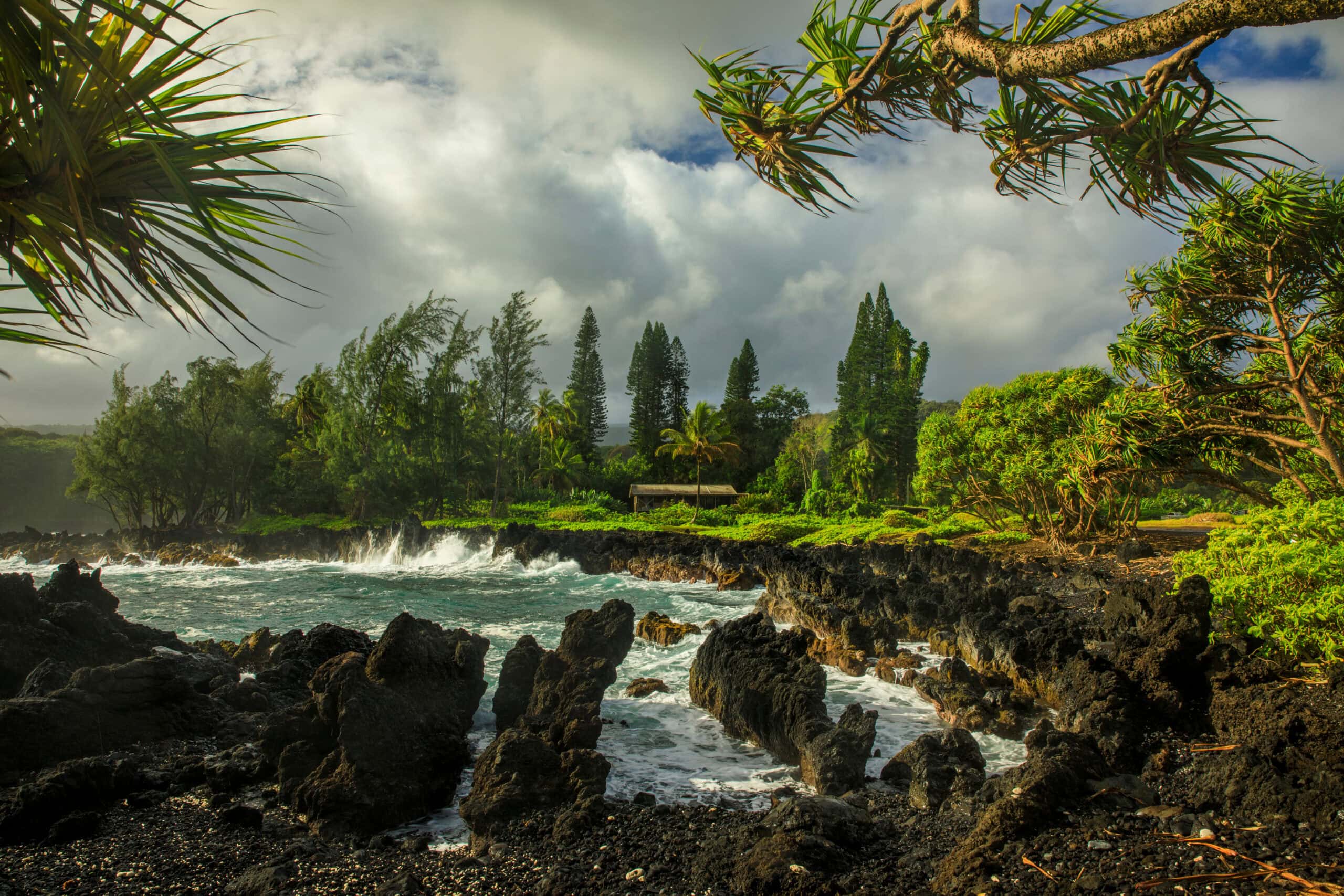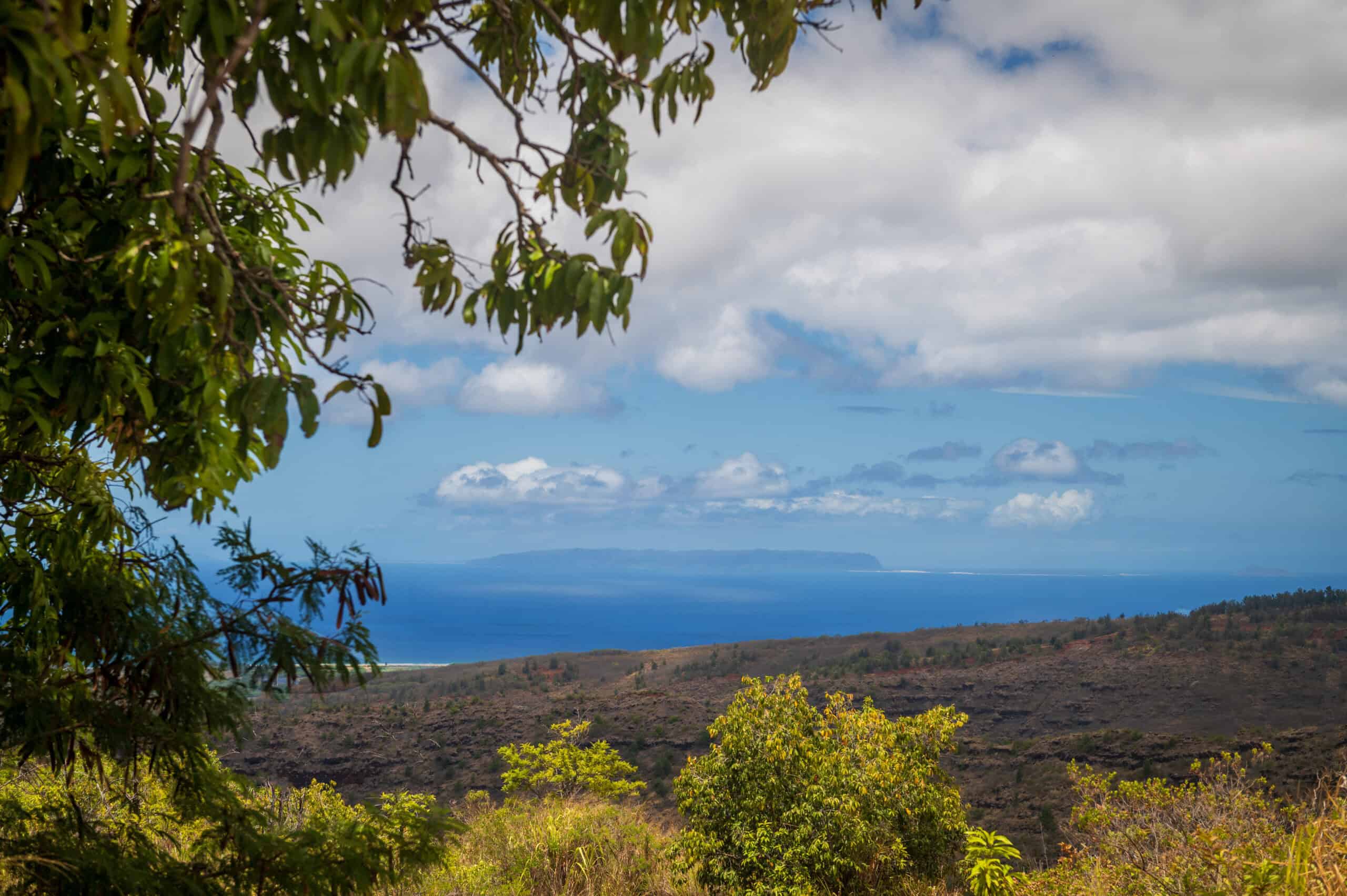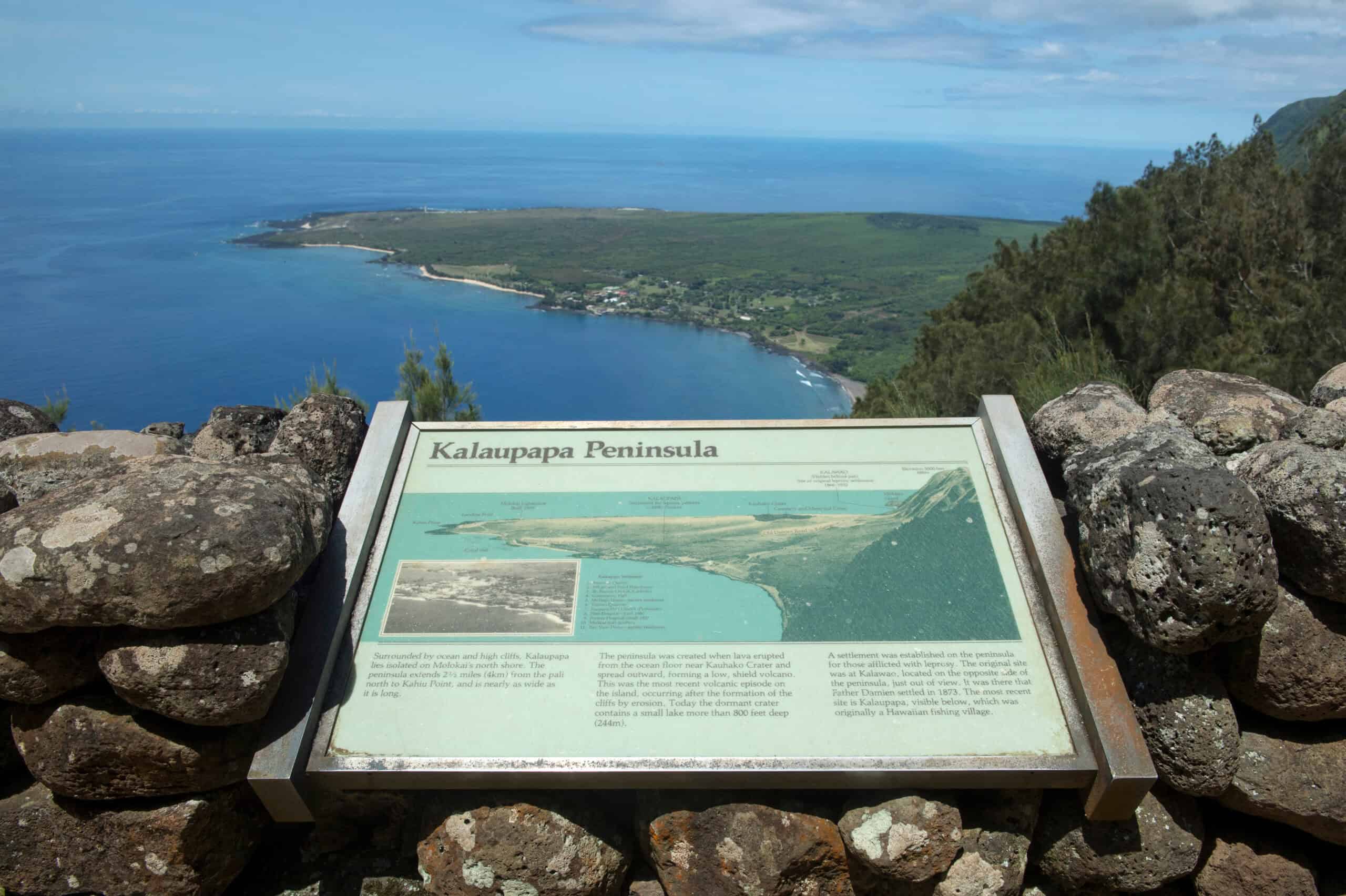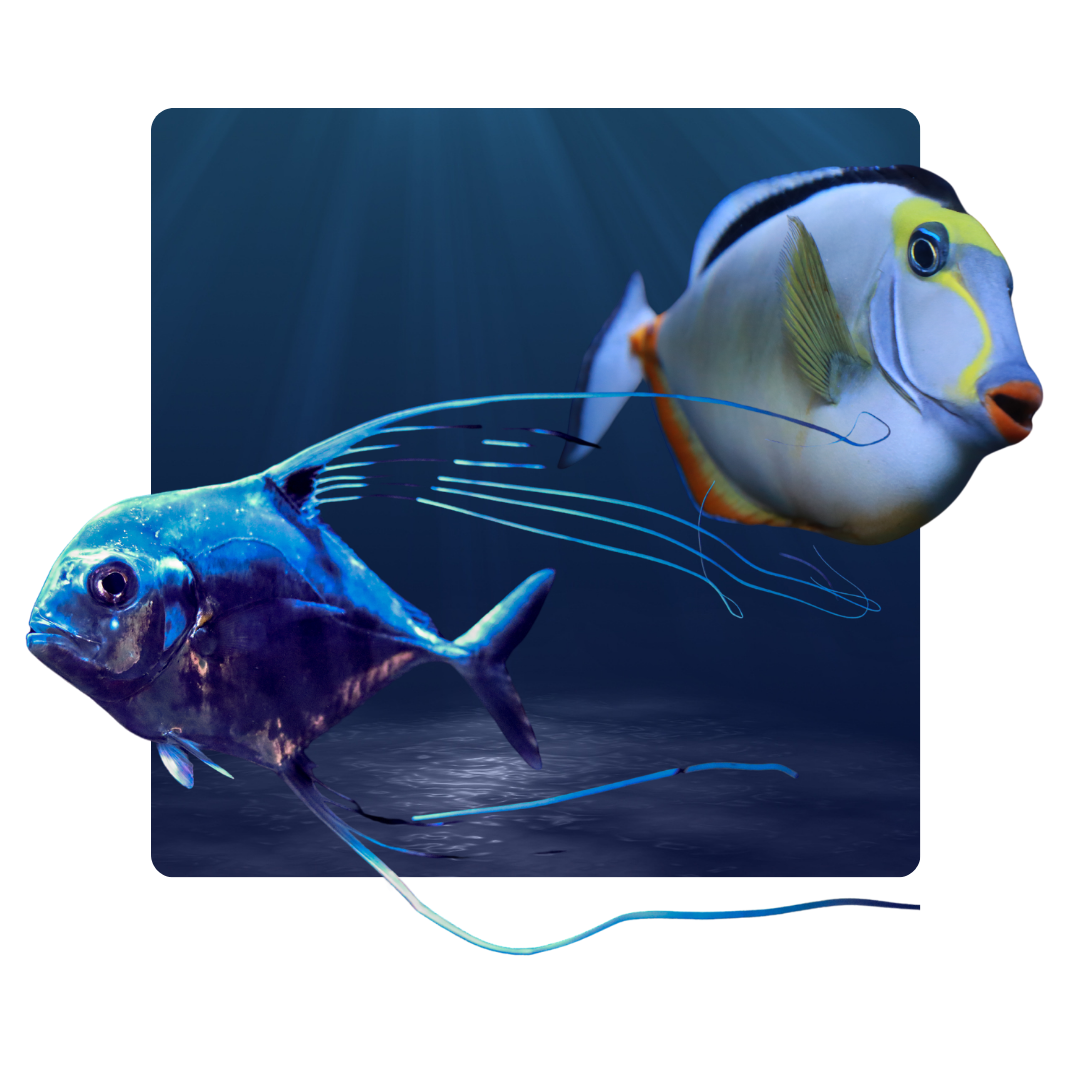If you look across the ʻAlalākeiki Channel from Maui’s shore, you’ll see an island etched against the horizon. But this isn’t a place to snorkel, swim, and explore like Maui, Oʻahu, or Lānaʻi. This quiet island is actually a place of two powerful, conflicting identities—one of cultural significance for Native Hawaiians, and one which earned it the nickname, “The Target Isle.”
The story of Kahoʻolawe is a powerful testament to resilience and the ongoing journey of healing both the ʻāina (the land) and the people whose heritage is tied to this now uninhabited island.
To learn more about Kaho’olawe, visit Maui Ocean Center’s exhibit, Kaho’olawe: A Story of History and Healing.
Kaho‘olawe Island’s Early History
Kahoʻolawe was revered as Kohemālamalama o Kanaloa, the sacred, living body of the Hawaiian god of the sea. This deep reverence held a practical and spiritual power. Many navigators would train here in preparation for long and difficult voyages to Tahiti and other parts of Polynesia. One notable point, known as Kealaikahiki (“the path to Tahiti”), was a legendary spot for these now trained navigators to set out on their voyages.
With over 3,000 archaeological sites discovered, there is so much evidence of life on Kaho‘olawe, including sacred heiau (temples), koʻa (fishing shrines), and the largest adze quarry in Hawaiʻi. We should add that Kaho‘olawe is only 45 square miles. The discoveries highlight important aspects of Kaho‘olawe’s ancient history, starting with heiau. These temples were not only a place for ceremony and prayer, but also education, as those navigators we mentioned earlier would study stars, weather patterns, and ocean currents within the walls of these temples. Other discoveries shed light on the profound relationship ancient Hawaiians had with the sea, and the incredible ingenuity of their tools.
Kaho‘olawe: War, Then Peace
Kaho‘olawe, in all of its spiritual and cultural glory, began a new chapter in the 19th century, one that would leave scars until today. Around this time, the island was repurposed as a penal colony for men (women were sent to Lānaʻi). What would get you sent to Kaho‘olawe? Everything from theft to murder (and even divorce!).
Once the Hawaiian government began leasing the land back, agricultural uses, specifically ranching, took over. The introduction of invasive goats, cattle, and sheep was devastating for the landscape, as these animals overgrazed and stripped the island of its native vegetation, opening the door for severe erosion. Erosion became so bad that clouds of red dust (likely from the red topsoil withering away) would blow and head towards Maui.
After the attack on Pearl Harbor, the U.S. military took control of Kahoʻolawe in 1941, transforming it into a live-fire training and bombing range. For the next 50 years, the island was bombarded by weapons of war, including artillery shells, bombs, and torpedoes, all from the U.S. Navy and allied forces. This was an obvious blow to the landscape, forever changing the state of Kaho‘olawe.
The 1970s saw pushback from groups like Protect Kahoʻolawe ʻOhana (PKO), a grassroots organization that sought to disrupt military operations and bring national attention to their cause. While small progress was gained, it would take decades for change to occur. President George H.W. Bush ordered a permanent end to the bombing in 1990 and the State of Hawaiʻi was given back control in 1994.
Restoring Hawai‘i’s Sacred Island
As restoration efforts began on Kahoʻolawe, there was a monumental task—rid the island entirely of unexploded ordnance. The U.S. Navy cleanup cleared about 75 percent of the surface, but significant risk still remained. Because many of the dropped munitions were duds, the land was highly unstable. Some lay on the surface, but others had buried themselves in the soil and were dangerous traps waiting to go off.
With the cleanup underway, the process of healing the land began. Not only that, healing the people affected by the desecration of this sacred land, too. Led by the Kahoʻolawe Island Reserve Commission, restoration efforts include replanting native species and implementing erosion control. The island is also being reclaimed for its sacred purpose, allowing Native Hawaiians to reconnect with their ancestral land through cultural ceremonies and other traditional practices.
All groups who do venture to the island are escorted with someone highly trained to navigate the risk-filled landscape. Cleared paths and strict protocols are in place to avoid any issues on this recovering island.
Kahoʻolawe Today
The island and its surrounding waters are designated as the Kahoʻolawe Island Reserve by law. It is a place held in trust for a future sovereign Hawaiian entity, ensuring its protection for generations to come. There are no tours, no hotels, and no casual visitors. Visiting is strictly limited and must be coordinated through official channels. For a focus on cultural and spiritual practices, you can work with Protect Kahoʻolawe ʻOhana (PKO).
Although uninhabited and still healing, Kahoʻolawe is far more than a dot on a map or a distant island visible from Maui’s shores. It is a powerful, living symbol for Hawaiʻi and the world, showing resilience and serving as a testament to the profound possibility of healing and restoration.
In 2024, employees from the Maui Ocean Center volunteered on the island of Kahoʻolawe, where they assisted the Kahoʻolawe Island Reserve Commission in reintroducing 1,500 native plants. During their four-day trip, our volunteers also had the opportunity to visit cultural sites on the uninhabited island. Read all about our trip here!
When traveling to Maui there will never be a shortage of things and places to see. Make sure you’re always abiding by local and cultural laws when exploring the natural beauty of Maui and most importantly, relax! That’s what you came to do after all.

